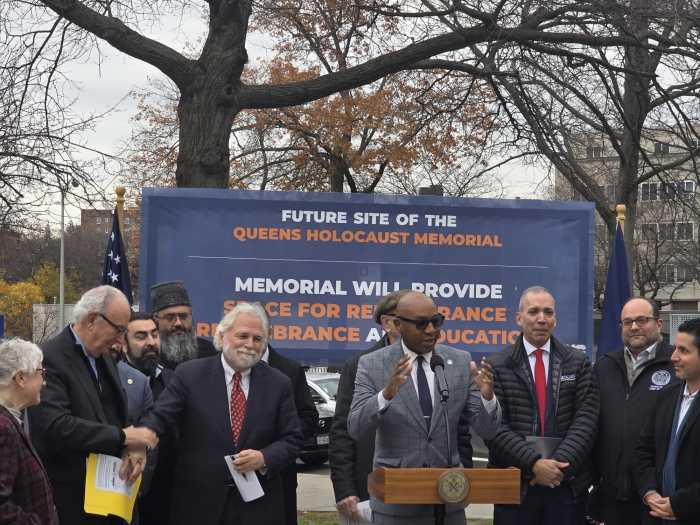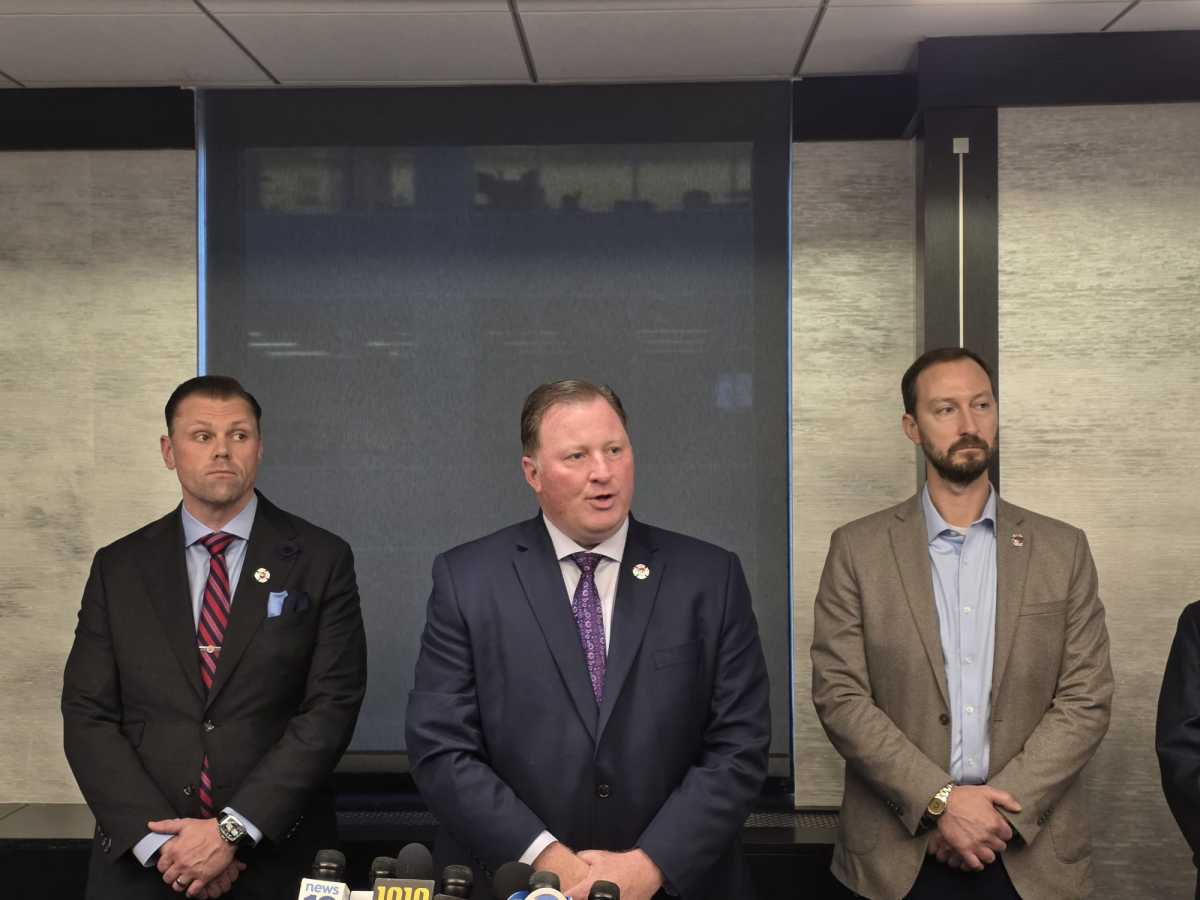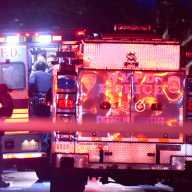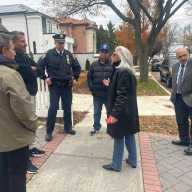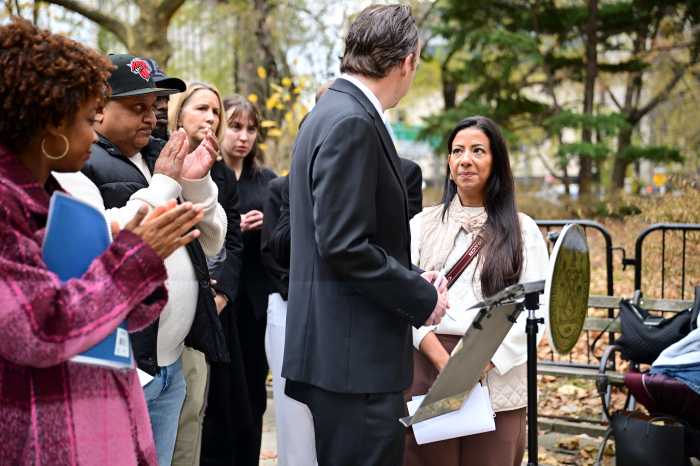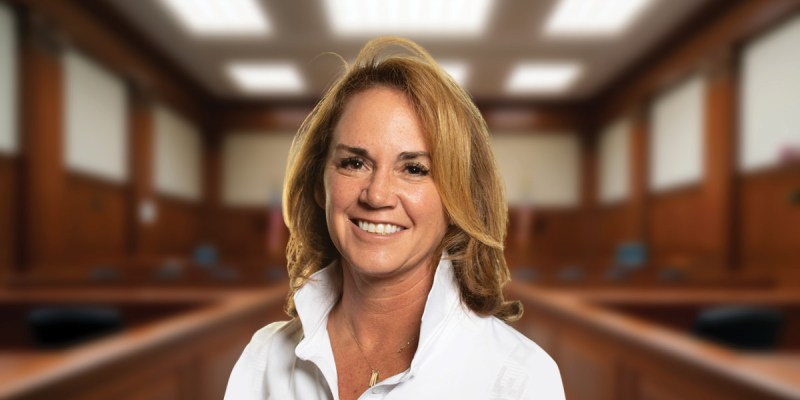By Rebecca Henely
Despite the hopes of Queens and Brooklyn, the U.S. Census Bureau rejected a request from Mayor Michael Bloomberg to modify the 2010 census counts for the city to reflect the undercounted population.
“It is very upsetting,” said state Assemblywoman Aravella Simotas (D-Astoria). “Anybody who has spent any time in western Queens and Queens, but western Queens in particular, for the last two years, let’s say, knows that this is a community that has been growing.”
The mayor had sent the challenge to Census Bureau Director Dr. Robert Groves Aug. 9, saying the office that counted Astoria and Jackson Heights had an unusually high number of housing vacancies given the growth in the area.
The 2010 census said Queens’ population grew by 0.1 percent, with 2,228,379 residents in 2000 and 2,230,722 residents in 2010, while Astoria and Jackson Heights’ population fell by 5 percent.
“I just don’t believe that. I really don’t believe that,” said state Sen. Jose Peralta (D-East Elmhurst), who cited the overpopulated schools in his district, which covers East Elmhurst, Jackson Heights, Corona and Elmhurst.
Bloomberg also said there were discrepancies in the Brooklyn neighborhoods of Bay Ridge and Bensonhurst. New York state lost two congressional seats and is due to get a reduction in federal dollars as a result of the count.
In its response letter to Bloomberg, Arnold Jackson of the bureau said its Count Question Resolution program can only correct the count when jurisdictional boundaries are incorrect, when living quarters and their populations are put in the wrong governmental unit — like the wrong county or state — or when living quarters are cut out of the census due to a processing problem.
Jackson said the only errors found involved the placement of some housing units on one census block somewhere in the city. This correction did not affect the change in the count.
The Department of City Planning commended the bureau in a statement for working with the city, but was disappointed that there were no real ways to change the count.
“City Planning’s demographers and technical specialists will continue to engage with their counterparts at the Census Bureau to examine what occurred and to improve census procedures for the future to ensure that New York is more accurately counted in the 2020 census,” the department said.
Sen. Michael Gianaris (D-Astoria) was less charitable about the results.
“It’s not surprising that the same group that badly miscounted the numbers in the first place can’t find their way to correcting the numbers once it’s pointed out to them,” he said.
The legislators said now that the challenge has been rejected, the priority is on the federal representatives to bring more money back to the city to make up for the federal aid the state will lose.
“We need to provide services for more people with less money,” Simotas said.
Looking forward to 2020, the legislators said the Census Bureau should do more outreach, working with neighborhood leaders and raising awareness in immigrant communities of the importance of being counted in the census.
“The only thing we can hope for now is hope that the process 10 years from now is not so badly mishandled as this one was,” Gianaris said.
Reach reporter Rebecca Henely by e-mail at rhenely@cnglocal.com or by phone at 718-260-4564.


